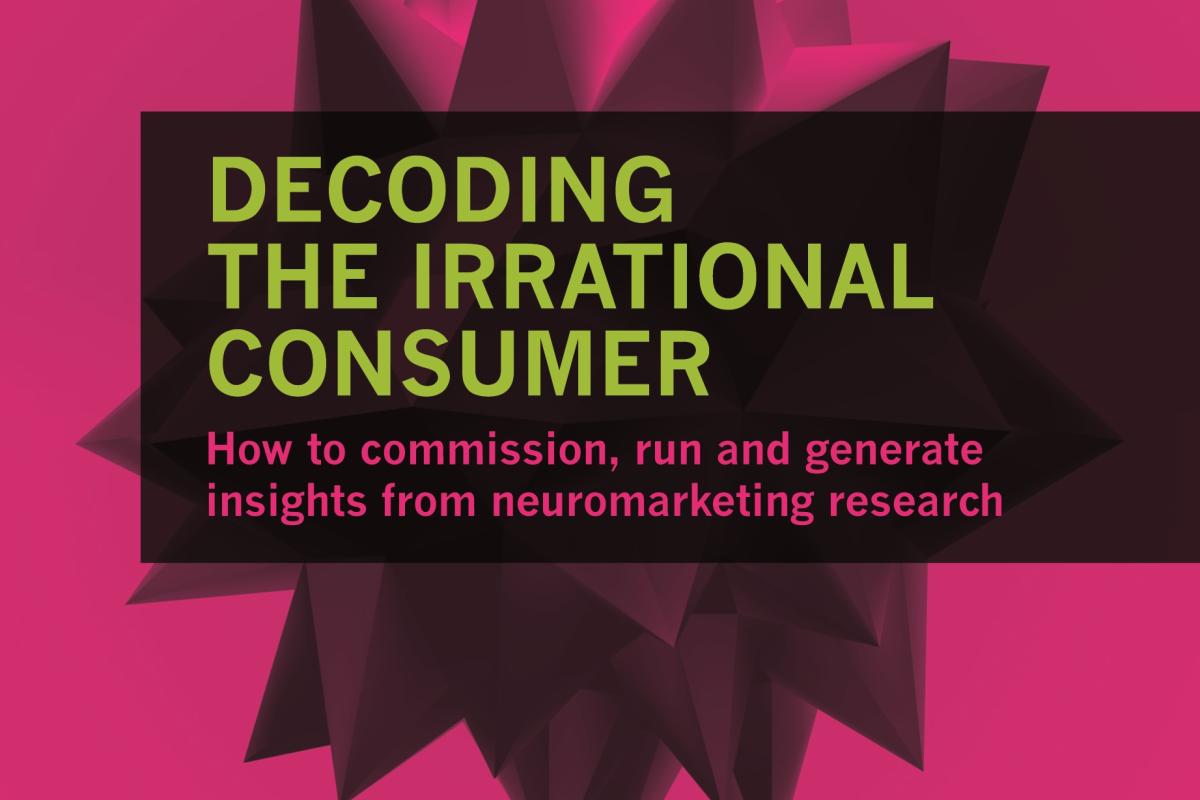About sixty years ago, there was an awareness of the power of non-conscious thought processes but at the time there was much more of a focus on stimulus response learning which was heavily influenced by the work of Sigmund Freud.
As the years have progressed, it has become more evident that consumers are just as likely to be driven by emotional cues and non-conscious heuristics as by rational persuasion. It typically takes up to half a second or more for our brains to digest incoming sensory information and present a meaningful experience to our conscious mind. Equally our consciousness is half a second behind reality, meaning that most activities are largely taken care of by our non-conscious minds.
With the argument having been portrayed for why consumers are just as likely to be irrational as they are rational, the author then proceeds to dissect the irrational consumer. The first half of the book explores the theories that underpin this behaviour.
As we all know, consumers attention has become an ever scarcer resource with the proliferation of multiple touchpoints which continues to increase at alarming speed. There are some interesting facts about attention which are outlined in the book which helps to provide some context and reach some conclusions.
Most attention-related processing in our brains relates to our vision - there is only a small region of our visual field that we are able to see in any detail but our brains manage to hide this from our conscious awareness through moving our eyes almost continuously.
Our attention is fallible, and we regularly fail to consciously notice things. However, whilst we consciously miss a lot, we non-consciously absorb more than we realise.
The concept of Embodied Cognition is also explored as a driver of irrational consumer behaviour. I wasn’t aware of this terminology prior to reading the book but essentially it refers to the fact that we often think with our bodies in mind. We often pull on memories of bodily movements and sensations when thinking about how things make us feel. Consumers emotions also drive irrational behaviour - neuroscientist Damasio argued that our rational thinking is always informed by our emotions. The two are rarely ever completely separate modes of thinking. When consumers have a ‘gut feel’, it doesn’t override rational judgment but instead works in tandem to determine an outcome.
It is of course not just mental constructs that influence irrational behaviour. Aesthetics such as beauty, colours and faces also have an influence on consumer behaviour. For example, the royal purple of Cadbury’s is distinctive and this helps to make their products more visible on shelf. This in turn can influence a non-conscious purchase decision.
The second half of the book explores the techniques that can be applied when conducting consumer research which will assist with understanding what drives consumers irrational behaviour.
This section of the book is particularly relevant for researchers and those who commission research as it really goes into granular detail on the various tools and techniques that can be applied.
I enjoyed the book overall and would recommend to anyone who has an interest in neuroscience, behavioural economics and how to generate insights from neuromarketing research. Even if you are not interested in all of these things, it is still worth a read.
Join our Book Club. If you're a member of The Marketing Society we'd love you to write a 300-word review for our Clubhouse. Or if you're an author get in touch. We've got lots of members keen to review your book. Contact Michael Piggott to find out more.
